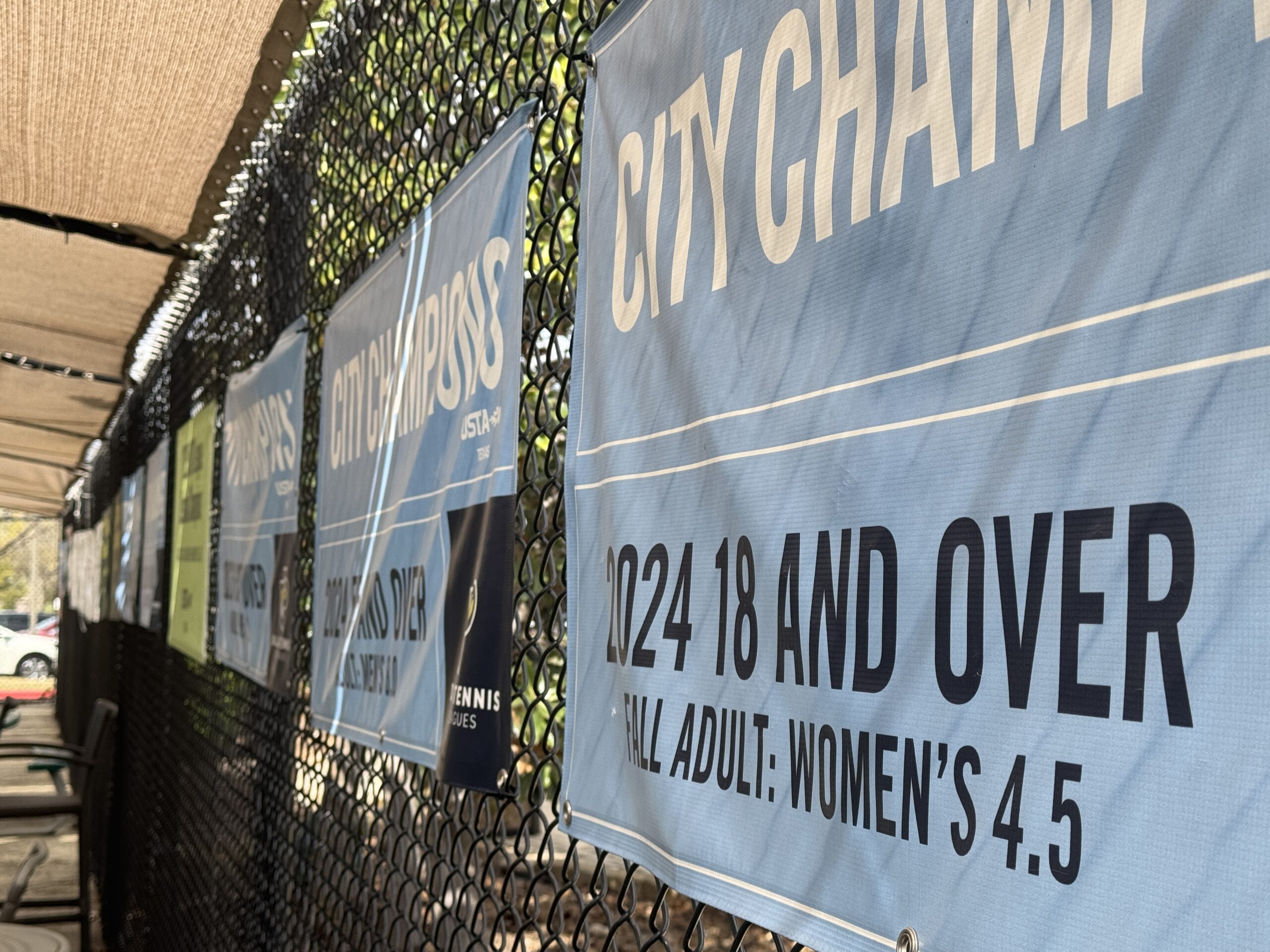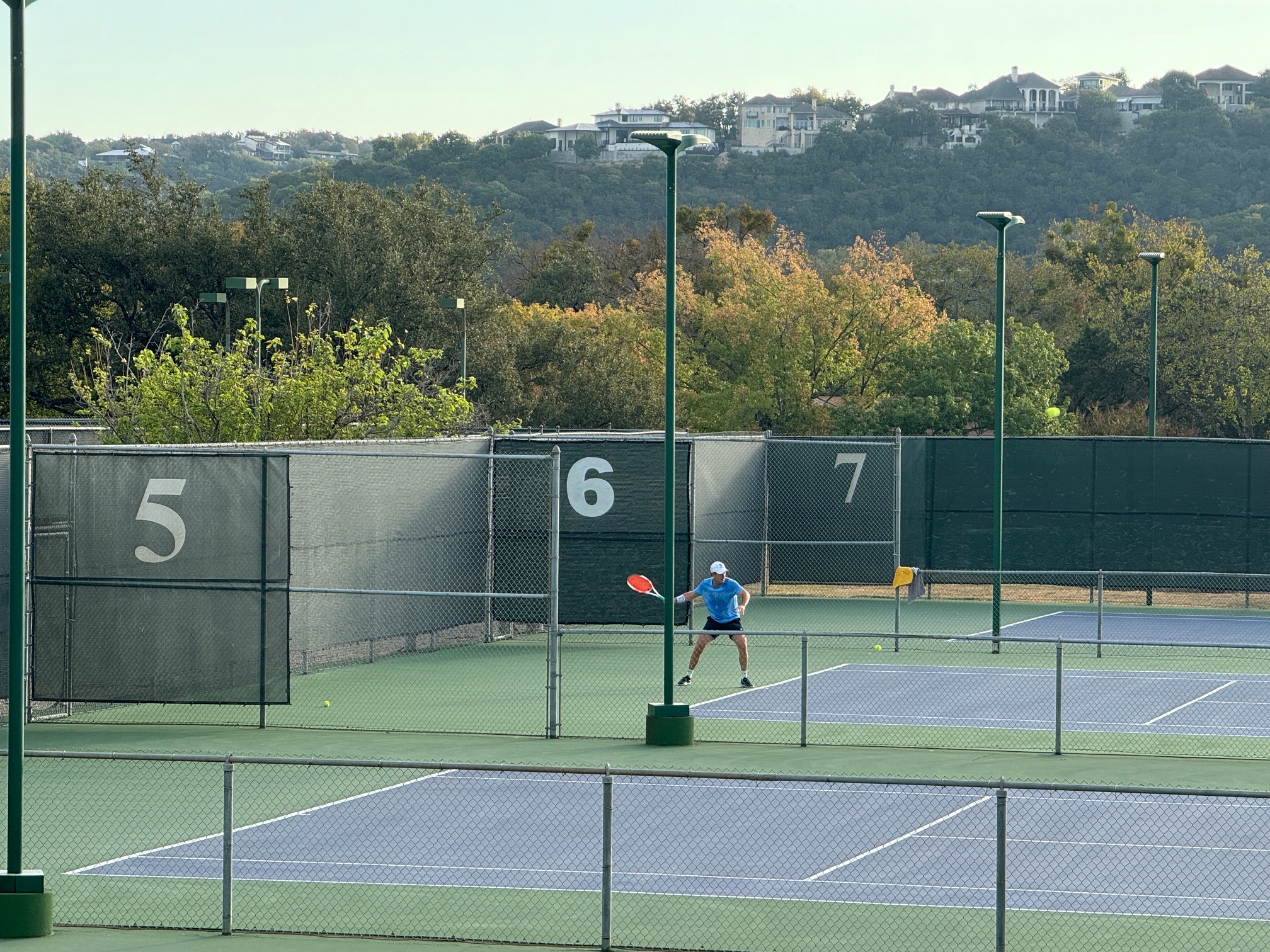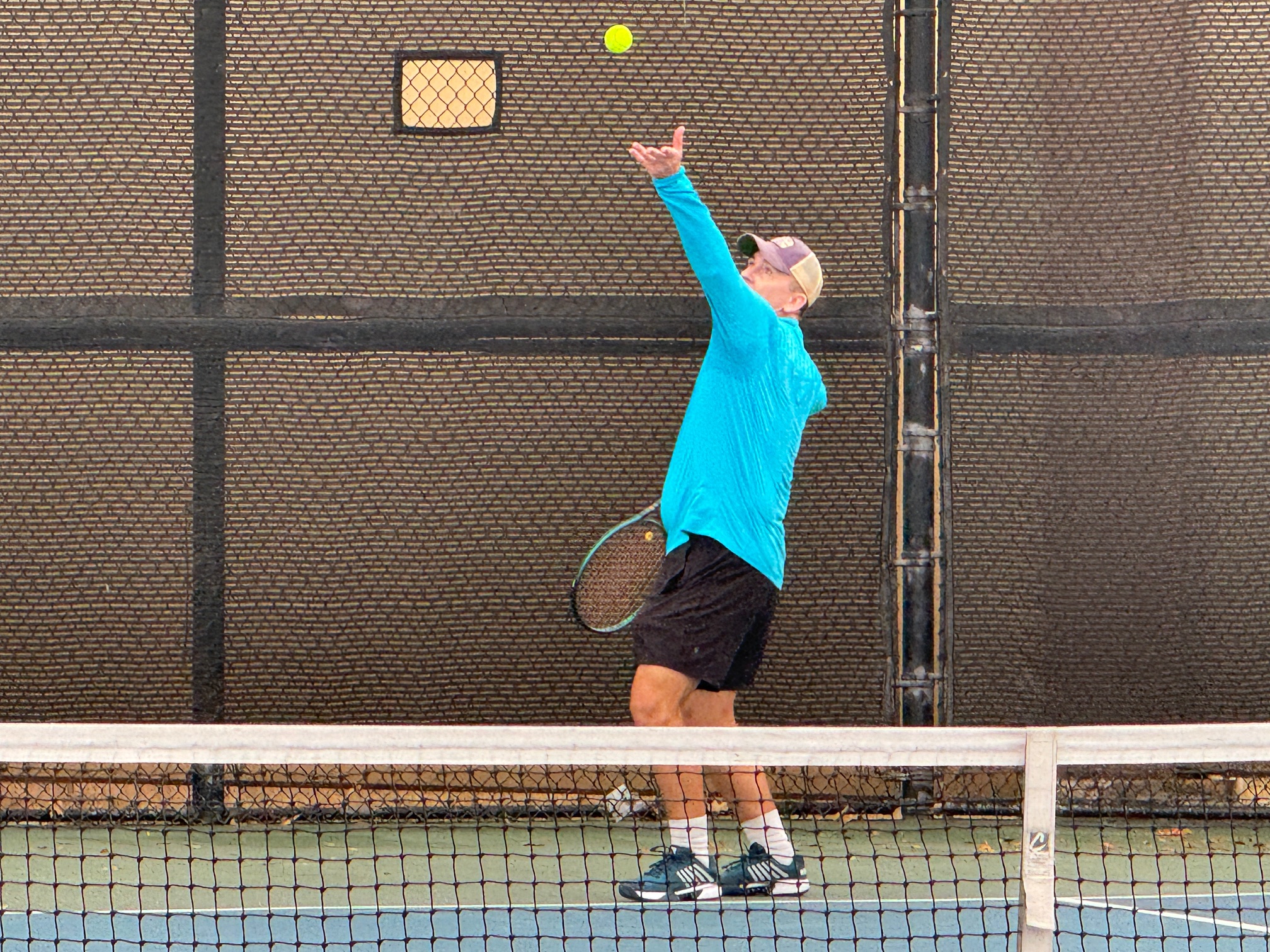The USTA has made a seemingly minor revision to the 18+ age eligibility rules for USTA League play in 2026. However, analysis of the update led me into a surprisingly tangled web of ambiguity and contradiction. Perhaps I am reading it incorrectly, or this is yet another example of the overthinking that is the hallmark of this site, but I believe that additional updates are advisable for clarity. I am very curious how other tennis players interpret both the current and new wording.
USTA League age eligibility is codified in regulation 1.0.4E(3). I have included the complete text for both 2025 and 2026 side by side in the table below for ease of comparison. The highlighted red text replicates the USTA’s markings in the 2026 USTA League National Regulations. This prompts the revelation that the color coding does not qualify as technical change markings. While identifying the exact updates may not have been the intent of the document editors, this observation is a pretty clear indication that the USTA Friend at Court and the USTA National League Regulations are maintained under separate configuration management and change tracking standards. That isn’t necessarily an issue, but rather a potential opportunity to develop a unified policy for all USTA National Committees.
| 2025 USTA League National Regulation 1.04E(3) Age (Old) | 2026 USTA League National Regulation 1.04E(3) Age (New) |
| Players must be 18 years of age prior to participating in the USTA League program. Each player over the age of 18 shall have reached the required minimum age prior to or during the calendar year in which such player participates in their first local league. | Players must be 18 years of age to be eligible to register and participate in the USTA League program. Each player over the age of 18 shall have reached the required minimum age prior to or during the calendar year in which such player registers and participates in their first local league. |
Back in 2015, one of my 4.5 teams needed my daughter to self-rate at 4.5 to play a league match to avoid defaulting a line. (That is an interesting self-rating story worthy of its own blog post, but that must wait for another day.) At the time, my captain believed that we had to wait for her to actually turn 18 before she could play. However, according to the Internet Wayback Machine, that isn’t how the rule was worded at that time. In 2015, the entirety of 1.04E(3) read “Each player shall have reached the required minimum age prior to or during the calendar year in which such player participates in his or her first local league.”
Per that wording, my daughter (and all aging-up juniors) would have been eligible to play starting January 1 of the year they turned 18. However, unless my memory is completely deceiving me, I also distinctly remember that we were unable to complete the self-rating process before her actual birthday. Without a valid NTRP rating, we could not register her for our team. That means there was a divergence between the USTA League Regulations and the implementation of the digital self-rating workflow.
My best guess is that somewhere between 2015 and 2025, the USTA recognized the disconnect and attempted to update the 18+ age regulation to match the digital implementation. If so, that is exactly the opposite of the way it should work, but I digress.
The first sentence of the 2025 age regulation precisely matches what we experienced in 2015. “Players must be 18 years of age prior to participating in the USTA League program.” Somewhere between 2015 and 2025, the statement “Players must be 18 years of age prior to participating in the USTA League” was prepended as the first sentence to the original 2015 regulation text without additional modification. Unfortunately, the two sentences together contradict each other.
Initially, I thought that the update for 2026 might have been inspired by someone noticing the inconsistency. However, if that were the case, I would have expected the contradiction to be removed, which it wasn’t. Consequently, I now suspect that someone complained about being unable to register before their 18th birthday. (Realistically, that would likely be an enterprising captain rather than some kid who was wanting to launch their USTA League career as soon as possible.) If so, the response to that was to make registration a requirement in the regulations.
There is also a possibility that the new wording arose because someone was prevented from meeting a registration deadline for a weekend team tournament, such as how Tri-Level and Combo are typically conducted in my local area. For these events, rosters must be finalized a couple of weeks in advance, and prospective players could theoretically celebrate their 18th birthday between the roster finalization date and the event’s start date. That means that listing registration as a requirement may not be extraneous.
To fully clean this up, I would recommend deleting the second sentence of Regulation 1.0.4E(3). Despite the 2026 update, both sentences remain contradictory. It would be better to just pick one and commit to it. There is a possibility that I am misinterpreting the intent of the regulation, and it is now possible for players to self-rate before their 18th birthday. In that case, this post should be viewed as an example of how the current wording creates confusion. Either way, I believe an additional revision is necessary.
As a slight tangent, I would also note that requiring the 18th birthday to pass for USTA League eligibility creates a slight misalignment between the various age tiers. A player can register and compete in 40+, 50+, and 65+ divisions the entire calendar year when their milestone birthday occurs. For 18+, requiring self-rating as a predecessor to league registration creates a functional requirement for the player to actually be 18. It is not a big deal, just a difference.
In the whole grand scheme of things, this is a minor edit with limited impact on most players. However, it’s a textbook example of how seemingly small wording changes can introduce internal inconsistencies and unintended consequences. What is unique in this case is that the contradictory sentences come back-to-back. Usually, it is much harder to find and recognize similar logical disconnects.
- 2025 USTA League National Regulations, USTA Resource Document, April 23, 2024.
- 2026 USTA League National Regulations, USTA Resource Document, April 1, 2025.




This rule has been around at least the last 3 years because it has come up a bunch. The amount of times I’ve had to tell people “I’m only 39 and I turned 39 in 2025 so I can’t play 40+ with your team….” It’s definitely a bigger deal for getting into 40s and 55s than I imagine 18s.